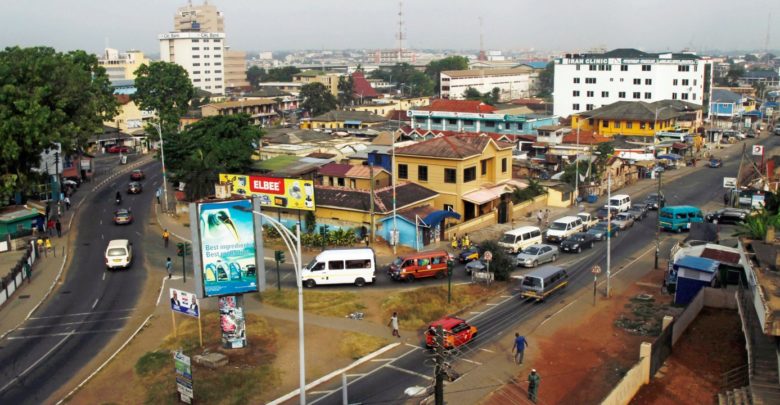BY: Theorose Elikplim Dzineku, Ghana.
Infrastructure has been a key contributing factor in Ghana’s development. Over the years, the educational system has been crippled with the lack of infrastructure; unfunctional computers in school laboratories. Community infrastructure as quoted in the PDNA guideline volume B as largely referring to small scale basic structures, technical facilities and systems built at the community level that are critical for sustenance of lives and livelihoods of the population living in a community. These are cost-effective small-scale infrastructures, which are constructed over time, by community-led projects in line with community needs and aspirations. These micro-infrastructures are connected to community lives to livelihoods and to provide basic services to their people socially, economically, and operationally. They are designed as essential lifelines for the community’s survival.
In the past two decades, Ghana’s economy has been growing with improvements in almost every aspect of the economy. Economic growth is related to poverty reduction, now at 24,3%, which accounts for 4.2 percentage points lower than the previous rate (Ghana Statistical Service [GSS], 2015). Despite these accomplishments, there are still shortcomings in the economy’s economic and social infrastructure, which tended to slowdown the rate of economic growth. The issue of the energy infrastructure deficiencies that have almost crippled the industry is furthermore mentioned.
Also, over 50 years of development aid, strategies and efforts have seemingly not accomplished in improving the standard of living of most of the population. The attempts by government, the IMF, and the World Bank, over the last three decades, to implement programs, policies and strategies designed to halt the declining trends of poor living standards of the people and create a conducive atmosphere to take –off to sustained economic growth and affluence was achieved with trifling success. In sub-Sahara Africa, with Ghana included, increasingly downsized core public service operations, trialed with alternative ways to deliver services, and down-loaded many services from government to communities, civil society organizations and individuals through the decentralization concept as cited by Kokor, 2001. Community development programs received substantial support from governments and donor agencies. Therefore, many governments promoted development projects that aimed at environmental security, social renewal, and income generation without thinking of internet infrastructure.
The Internet has become arguably the most prominent tool in today’s business environment. The use of internet has shown a very rapid growth during the last decade in almost every country in the world. People use the internet at home, at work and other locations such as Internet cafes to send or receive e-mails, chat, research for school or work, download music or images, and to do many other activities. The Internet contributes to an organization’s market competitiveness by empowering employees and increasing their productivity. Growth in the adoption of broadband and access to internet has also shown a responding increase in the GDP of developing countries such as Ghana.
Although Ghana was the second country in sub-Saharan Africa to have full Internet connectivity in 1995, population penetration did not progress rapidly until 2005. In 2004 however, the Ghana government endorsed and implemented an ICT policy – Information and Communication Technology for Accelerated Development (ICT4AD). The intention of the ICT4D was to create the critical drive and strategies to harness the full potential of ICT for the socio-economic development of the country. The Internet technologies are important infrastructure for supporting the activities of several public and private sector in various countries. The International Telecommunication Union (ITU) statistics revealed very low Internet penetration in some rural part of Ghana, with a 172 Internet users per 10 000 inhabitants; it is however higher than the African average of 123.21. As of 2003, there were more than 750 Internet cafes in Ghana, mostly using dial-up connections. Fast forward to 2021, internet cafes is in decline as more and more people are switching to smart phone use. In communities where they are internet cafés, the speed is low and hence, more people are not able to make good use of it.
In conclusion, the internet has over the years have helped shape the way the average Ghanaian communicates. Ten years ago, the fax was a prime means of communication in business. The obvious advantage of email for example is the ability to transmit electronic data almost immediately to many places at once all over the world. This is a vast saving to businesses in Ghana. This ability to transmit data means that there has been a boom in people working from remote locations and especially since the outbreak of the COVID-19 various, the importance of internet is undeniable. However, what cannot be denied is the fact that, there are still some communities in Ghana who do not have good access to the internet because of lack of infrastructure, and until that is done, there cannot be much improvement.

